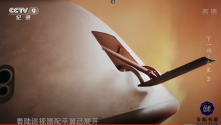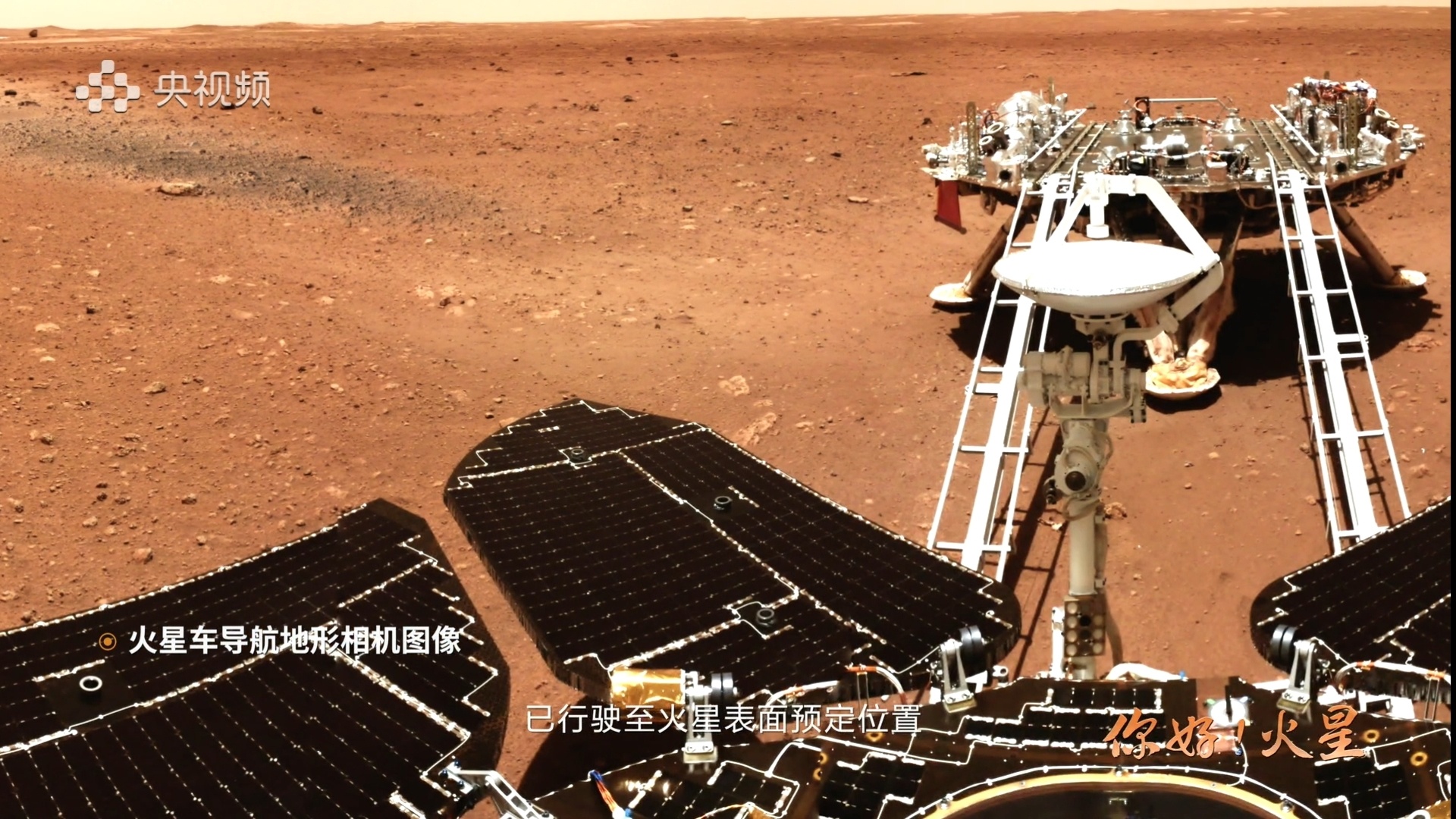You are using an out of date browser. It may not display this or other websites correctly.
You should upgrade or use an alternative browser.
You should upgrade or use an alternative browser.
China's Space Program News Thread
- Thread starter crazyinsane105
- Start date
- Status
- Not open for further replies.
University spinouts are common. It is private company. Even ARM got help from Cambridge and Apple.I did not find anywhere saying that it is Chang Guang. But I think Chang Guang is not private. Not private in the western sense at least.
Chang Guang is founded by CAS Chang Chun optic research institute. Besides CAS share holding, Jilin Provincial government (state asset bureau) is another major share holder. It has investment from outside of state asset. But the state (CAS and Jilin province) still has the dominate share. It is more accurately a state controlled company with private (person or entity) investment. It is a common practice of majority of Chinese SOEs.
P.S. I am not against private sectors, but must get things straight.
I just watched a new documentary on CCTV-9 called 《你好!火星》. The first episode is on Youtube now.
The episode I watched is not yet on Youtube, so follow the Youtube channel if you are interested.
In this episode, the purpose of this wing/rudder was explained. I think it was also discussed in this forum years ago. Anyway, it is to keep the lander in balance during entry.

During entry the axis of the spacecraft is at an angle to the trajectory (AOA) to create lift. But to deploy the parachute, AOA must be reduced to 0. The rudder is for this purpose. The total mass of this device is 15kg.
Here comes the funny thing. NASA was requesting for proposals (RFP) to replace the eject-able balancing mass of 300kg dead weight for the same purpose.
In NASA's lander, 150kg (2 x 75kg) dead weight will be ejected at the beginning of the re-entry, then another 150kg (6 x 25kg) will be ejected before the parachute deployment. The request for proposal is to somehow make use of these mass.
I have not found the result of the RFP. But according to the CCTV documentary, there was 150kg dead weight ejected. So maybe NASA found use of 150kg. Anyway, there is 300kg mass that isn't part of the lander. It is very astonishingly lack of competence and then "patch on patch".
The episode I watched is not yet on Youtube, so follow the Youtube channel if you are interested.
In this episode, the purpose of this wing/rudder was explained. I think it was also discussed in this forum years ago. Anyway, it is to keep the lander in balance during entry.

During entry the axis of the spacecraft is at an angle to the trajectory (AOA) to create lift. But to deploy the parachute, AOA must be reduced to 0. The rudder is for this purpose. The total mass of this device is 15kg.
Here comes the funny thing. NASA was requesting for proposals (RFP) to replace the eject-able balancing mass of 300kg dead weight for the same purpose.
I have not found the result of the RFP. But according to the CCTV documentary, there was 150kg dead weight ejected. So maybe NASA found use of 150kg. Anyway, there is 300kg mass that isn't part of the lander. It is very astonishingly lack of competence and then "patch on patch".
broadsword
Brigadier
I just watched a new documentary on CCTV-9 called 《你好!火星》. The first episode is on Youtube now.
The episode I watched is not yet on Youtube, so follow the Youtube channel if you are interested.
In this episode, the purpose of this wing/rudder was explained. I think it was also discussed in this forum years ago. Anyway, it is to keep the lander in balance during entry.
View attachment 89241
During entry the axis of the spacecraft is at an angle to the trajectory (AOA) to create lift. But to deploy the parachute, AOA must be reduced to 0. The rudder is for this purpose. The total mass of this device is 15kg.
Here comes the funny thing. NASA was requesting for proposals (RFP) to replace the eject-able balancing mass of 300kg dead weight for the same purpose.
In NASA's lander, 150kg (2 x 75kg) dead weight will be ejected at the beginning of the re-entry, then another 150kg (6 x 25kg) will be ejected before the parachute deployment. The request for proposal is to somehow make use of these mass.
I have not found the result of the RFP. But according to the CCTV documentary, there was 150kg dead weight ejected. So maybe NASA found use of 150kg. Anyway, there is 300kg mass that isn't part of the lander. It is very astonishingly lack of competence and then "patch on patch".
Is rocket a problem?
You mean the launcher Atlas V 541? No, it is not a problem. I would guess that NASA is much less competent in area of hyper sonic, high temperature aerodynamics. So NASA is not able to use rudders or fins. This is another evident of why US is behind China in DF-17 and accurately predict its space capsule's landing location (comparing Shenzhou and Dragon). Both technology relies on the same science.Is rocket a problem?
Seems like a huge leap in logic.You mean the launcher Atlas V 541? No, it is not a problem. I would guess that NASA is much less competent in area of hyper sonic, high temperature aerodynamics. So NASA is not able to use rudders or fins. This is another evident of why US is behind China in DF-17 and accurately predict its space capsule's landing location (comparing Shenzhou and Dragon). Both technology relies on the same science.
broadsword
Brigadier
You mean the launcher Atlas V 541? No, it is not a problem. I would guess that NASA is much less competent in area of hyper sonic, high temperature aerodynamics. So NASA is not able to use rudders or fins. This is another evident of why US is behind China in DF-17 and accurately predict its space capsule's landing location (comparing Shenzhou and Dragon). Both technology relies on the same science.
No, I was referring to the use of deadweight for balancing. Can't rockets do the job? Is the momentum of descent too much?
You mean the launcher Atlas V 541? No, it is not a problem. I would guess that NASA is much less competent in area of hyper sonic, high temperature aerodynamics. So NASA is not able to use rudders or fins. This is another evident of why US is behind China in DF-17 and accurately predict its space capsule's landing location (comparing Shenzhou and Dragon). Both technology relies on the same science.
Do you have data on shenzhou and crewdragon landing accuracy? Can only imagine China's next gen spacecraft would be even better than shenzhou.
Since they've tested the next gen spacecraft twice already, is there data on that? In any case Landers on other planets would be different again. The Chinese one certainly did that better.
- Status
- Not open for further replies.








